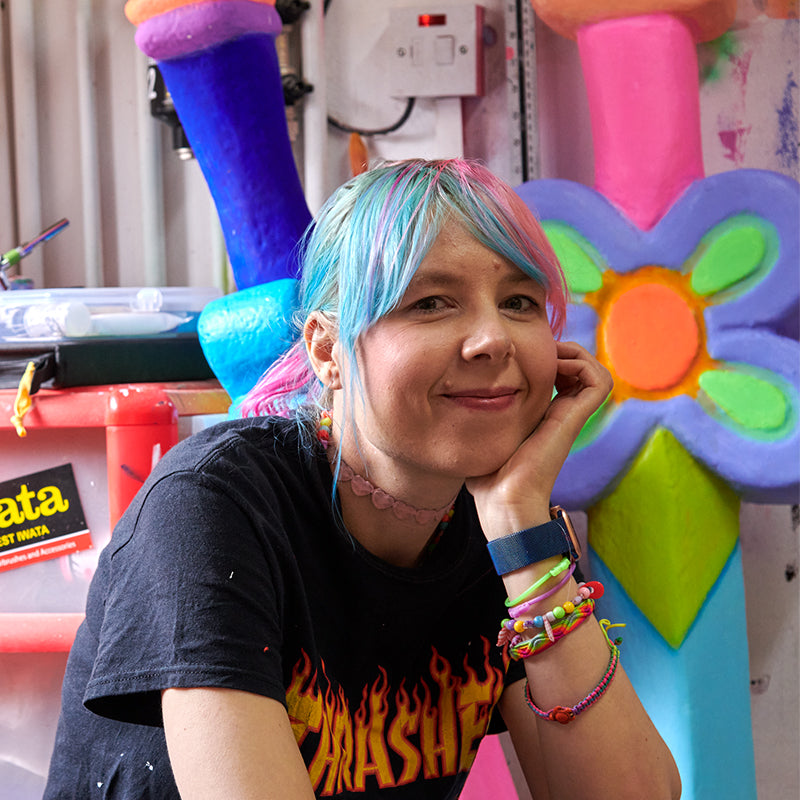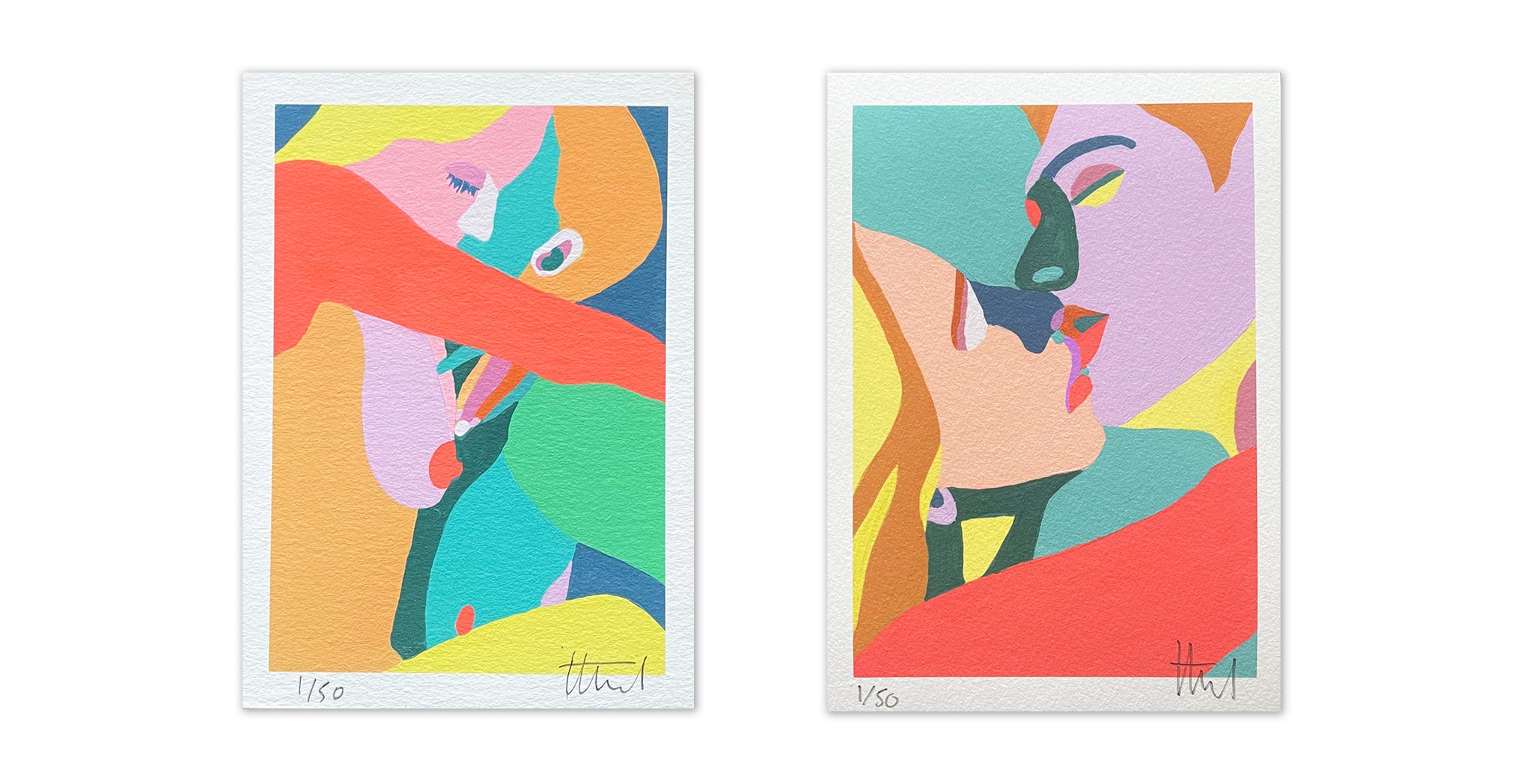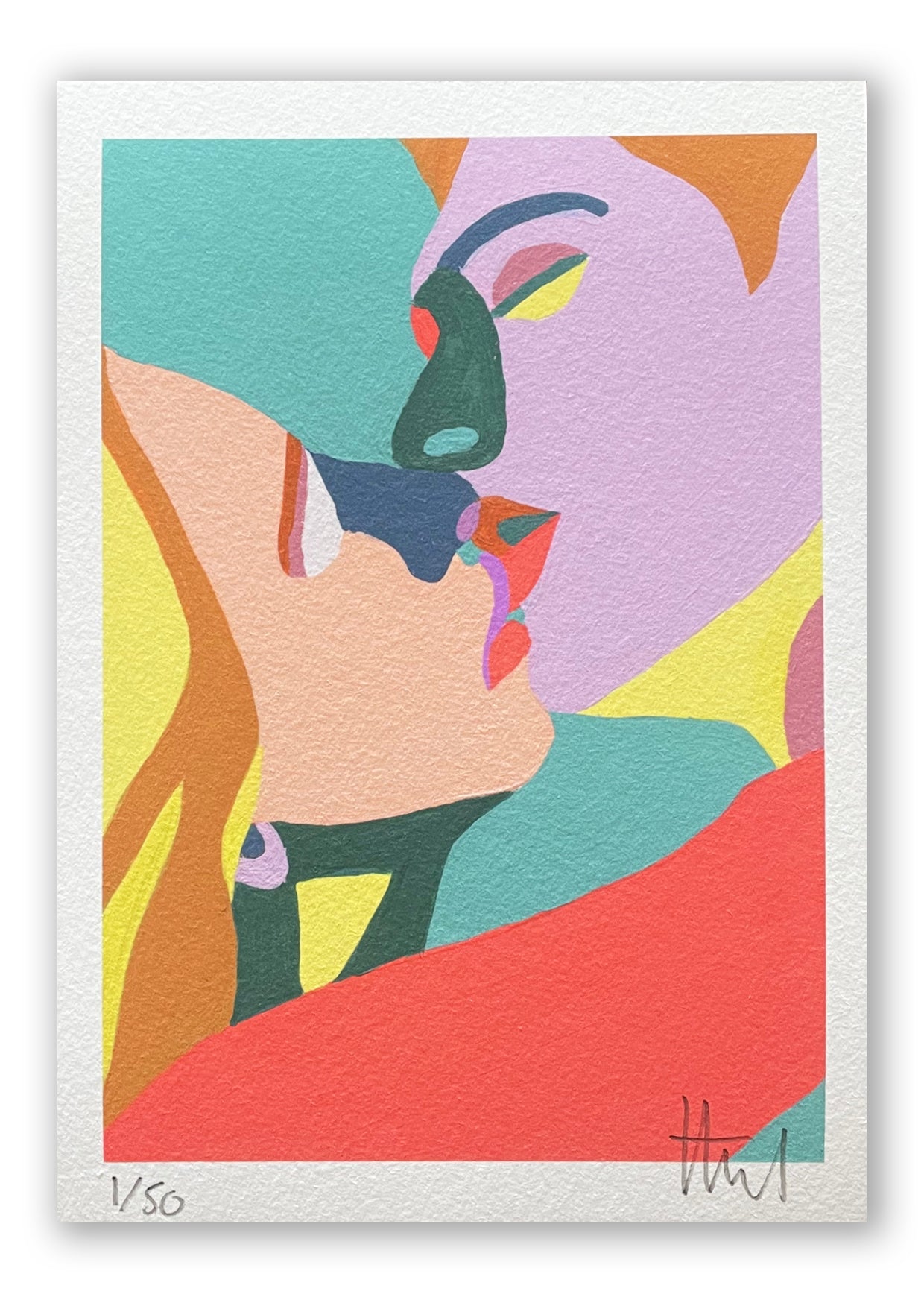We are thrilled to announce that we have Hurvin Anderson as a Secret Auction Artist for Art on a Postcard. Anderson was born in Birmingham, United Kingdom in 1965 and was educated at Wimbledon College of Art and The Royal College of Art, London. Shortlisted for this year’s Turner Prize, his paintings focus on the representation of places where the Caribbean and Britain meet. Pulling together various genres of painting from landscapes to portraiture and still life, his work is laden with the depictions of visual politics in “leisure spaces.”
His paintings deal with a wide range of locales, from barber-shops, bars, and corner-shops to beaches, swimming pools and parks. This melding of landscapes both natural and manufactured captures a new British identity that Anderson believes revolves around “the in-between-ness” of both the British and Caribbean mind states. Such a topic matter means that his painting style is deeply rooted within the British history and traditional form of painting landscapes, whilst simultaneously moving away from this lineage and crafting a contemporary representation of what it is to be British.

Anderson says; “I do feel that a lot of my work is observation, when you take what is in front of you, you take things apart. Yes I also construct but I’m putting things back together to show what is actually happening. Whether it be security, alienation, decoration all these things, they may be contradictory elements, but how do we make these things co-exist? It’s like you’re cutting into the landscape, disrupting its true vision.” Through his body of work we can see this disruption of spaces with the clashing of strict geometric lines of a physical environment within which exists a more transient and abstracted representation of the occupancy of that place. It is this co-existence of contradictions that makes Anderson’s paintings so challenging, at once inviting the viewer to look upon a perfectly manicured park, for instance, that exists behind a tall and imposing gate.

Such paintings represent the intangible utopic vision that we create of a space that tends to slip away into a feeling of dispossession when deconstructed and brought back together. His paintings of parks and trees deploy this idea of the exoticisation of other lands, with trees from other countries that are tended to meticulously so that one may escape into a faux-nirvana within their own city.

It is this ability to “cut into the landscape” that makes Anderson’s paintings so effective at representing what he calls the “co-existing of contradictions”. His painting Untitled from his Welcome Series also achieve this function, showing a shop-front that extends beyond an iron grill that restricts the view of the onlooker. Anderson claims that these grills, “although decorative, are essentially about security and represent the connection that you are meant to, or thought that I had to, have with these places”.


However, in more recent work his representations of Black icons, such as Malcom X and Martin Luther King, such as in Is it Okay to be Black? (2016) Anderson references the creativity and visibility of Blackness within contemporary British society, paying homage to his cultural and political forebears while also contributing to discussions about the legacy of painting - an especially important feat in a post-Brexit Britain.
We are delighted to have this critically acclaimed artist with us at Art on a Postcard, can you spot which Postcard is his?


















